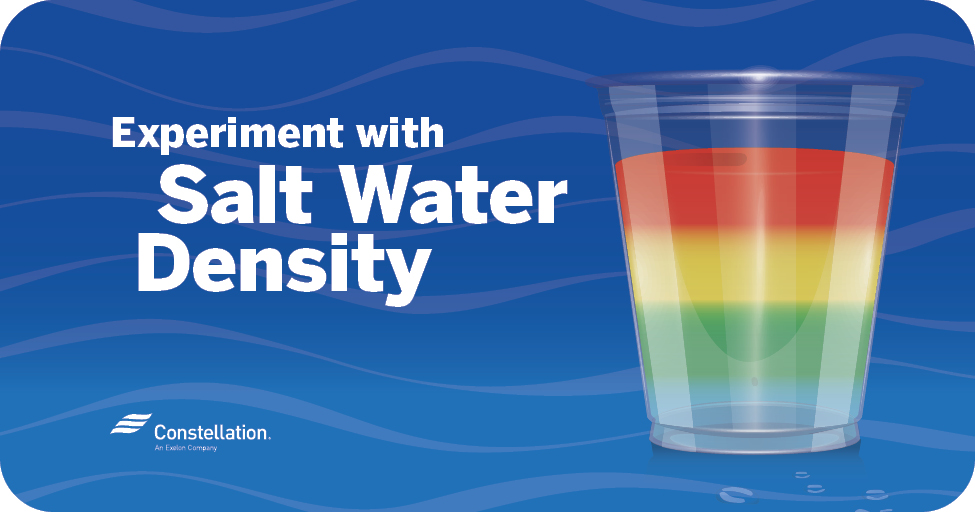

Suggest the groups go back to the drawing board and modify their methods to incorporate the use of graphs. So you might have to lead the groups to consider using graphing methods to solve the problem. Most methods reported will not allow for the accurate determination of the volume of one drop of water. Give time for brainstorming then have each group report their findings. The participants should not be able to accurately determine the volume of that drop of water.Īsk each group of participants to devise a method to accurately determine the volume of any number of drops of water. Pass the graduated cylinder around the room and ask if anyone can tell you the volume of that drop of water. Emphasize this point to the participants. A good practice is to hold the pipet in a vertical position at all times when dispensing the liquid to ensure uniformity. Note that the orientation of the pipet determines the amount of water that is dispensed. Take a pipet filled with water and put one drop from the pipet into an empty 10 mL graduated cylinder. Before accepting comments from each group, perform the following. Then ask, "Will the procedure you devised be accurate and work for all volumes?" Have participants discuss their methods. Have each group perform the activity and collect the data.Īssessment: Note how each group is recording the data and have each group report their results.
#Density water how to
Reach consensus as to how to acquire the data. A possible procedure would be to use a graduated cylinder and count the number of drops required to fill the cylinder to the 1, 2, 3 etc milliliter marks. Divide the participants into small working groups of 3 or 4 and have them brainstorm to answer the question. Then ask, "So if we know the number of drops, how can we determine the volume measured in milliliters of a number of drops?" This question should incite a number of responses. So how can we use these micropipets to measure volumes of liquids? Accept all answers and choose, "by counting the number of drops."Īssessment: Monitor the participation of the participants to make sure that all understand before moving along. We will be asked to add 1 milliliter of this or 5 milliliters of that so we need to know how much to add from the micropipette. Introduce this investigation by posing the following problem to the participants: Throughout the year you will be using micropipets filled with various liquids to carry out microscale experiments.

Participants find the mass to volume ratio of oil.Participants find the mass to volume ratio of water.Participants graph mass and volume of water.Using the graph from the previous step, participants determine the mass of one drop of water.Participants graph the data from the previous step.Participants determine experimentally the mass of 5, 10, 15, 20, etc.Using the graph, participants find the volume of one drop of water.Participants graph the data obtained from the previous step.Participants determine experimentally the number of drops of water in whole numbered milliliters of water.Participants are introduced to the micropipet as a means to measure volume.Overview: Use the following as a guide to read through the procedures in their entirety before attempting to conduct this lesson:
#Density water free
Graph paper can be printed free online (google search). If available, but not necessary - buret and volumetric flask. Water, cooking oil, electronic balances, 10 mL graduated cylinders, micropipets, and uncooked vermicelli or other pasta. Participants will be able to produce and implement a lesson plan to lead their students through a discussion of how to graph and solve a problem using the graph.Participants will be able to graph the data.Participants will be able to gather data (mass, volume, and number of drops of water).Participants will be led through an exercise to devise a strategy to teach students how to properly graph data gained from massing and measuring the volume of different numbers of drops of water and finding the density of water and oil. Printer Friendly Version Determining the Density of Water - A Graphing Exercise
#Density water professional
Return to the Professional Development Module Index


 0 kommentar(er)
0 kommentar(er)
